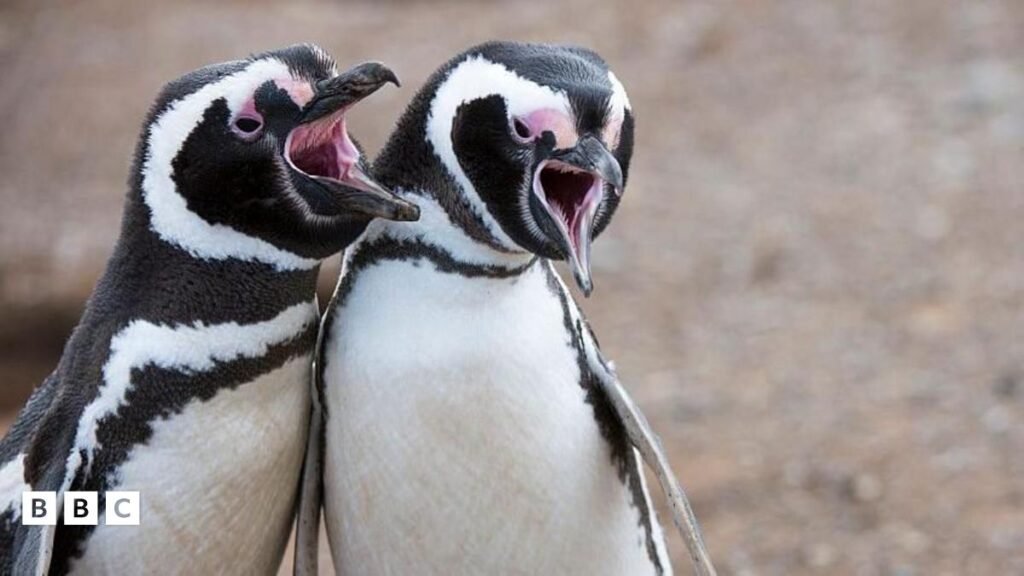Co-author of the study, Professor Rory Wilson from Swansea University’s Animal Movement Lab, explained that the penguins adjusted their swimming direction depending on the strength and direction of the currents.
He said: “In calm water, they headed straight for home, but when the currents were stronger, they allowed themselves to drift sideways. This made their journey longer, but less tiring.”
Experts found that this strategy also gave the penguins more chances to feed.
“The penguins were observed diving and foraging for food during much of their return journey,” Professor Wilson added.
The team said that their finding could provide a better understanding of how other marine animals, such as seals, turtles, and seabirds, may respond to unpredictable ocean conditions.

